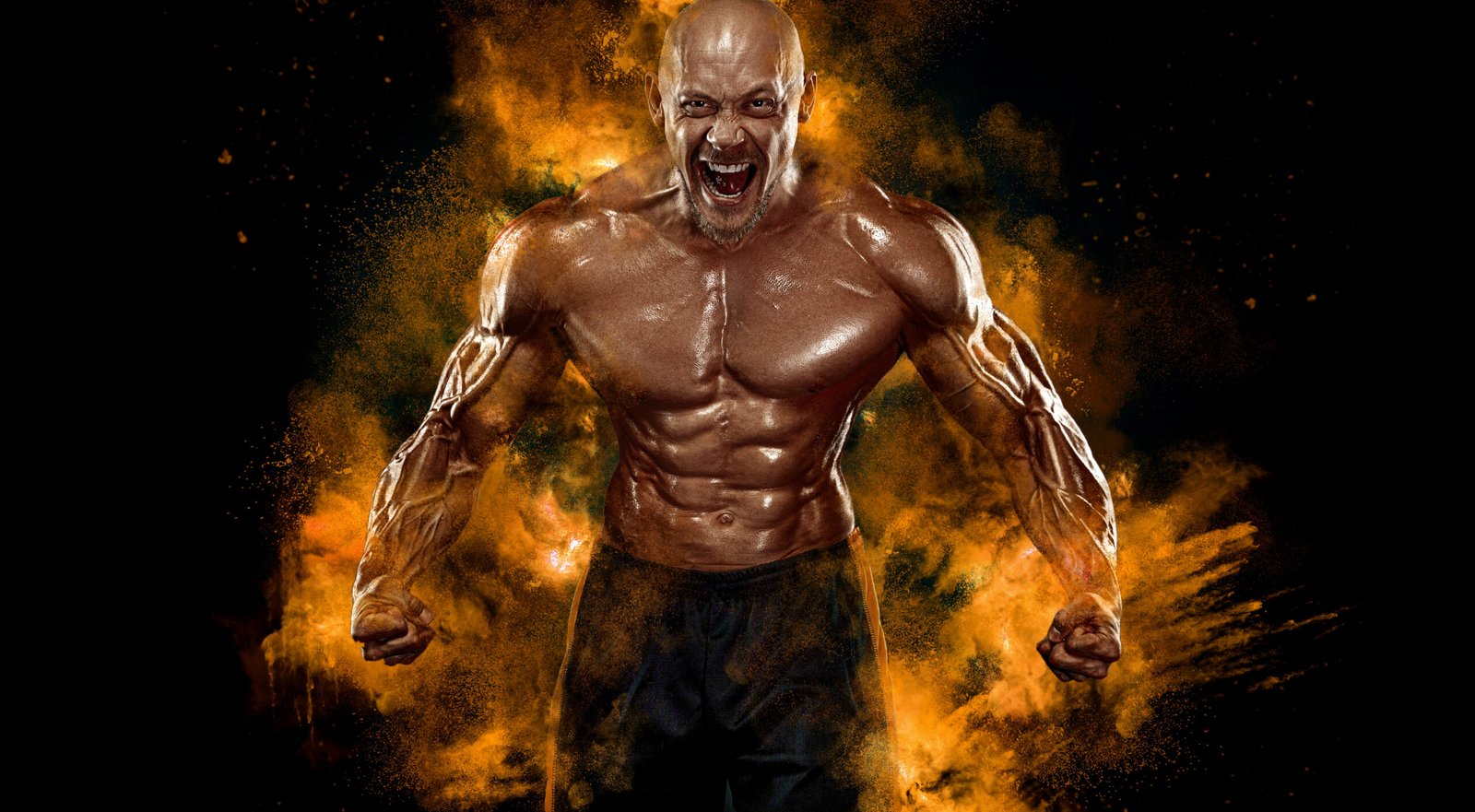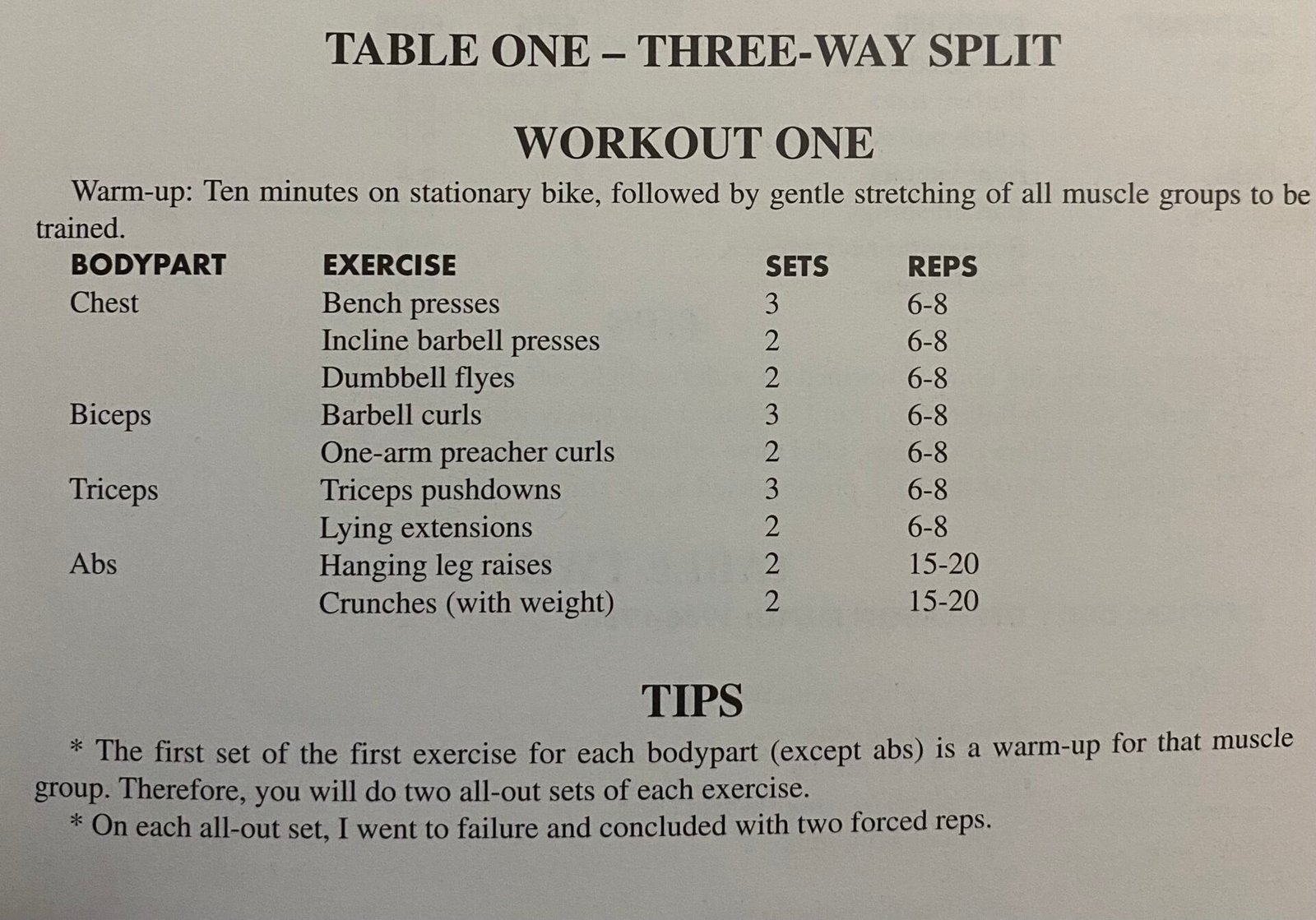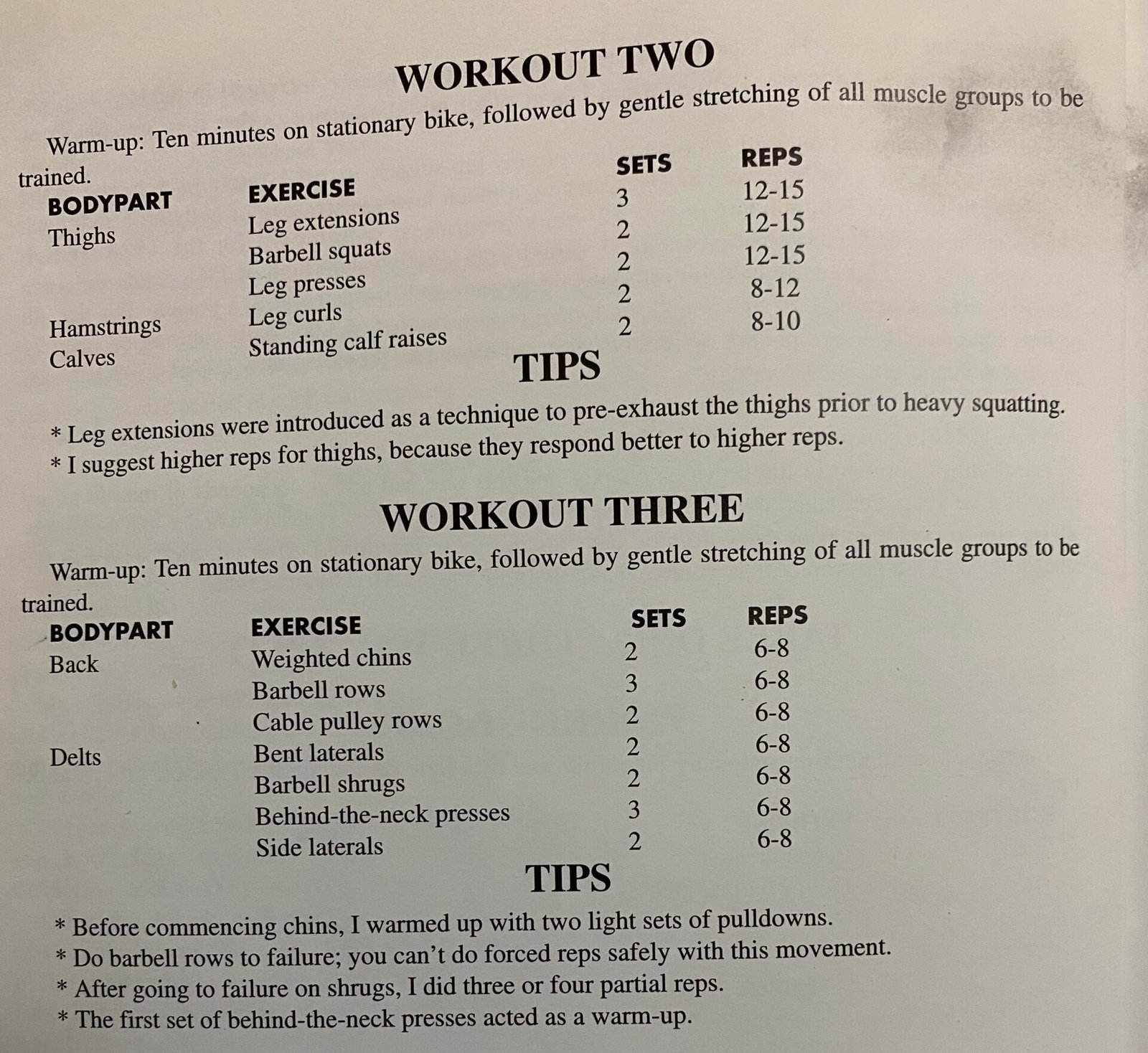
DURING anybody's journey through bodybuilding there is likely to be a phrase or two that strikes a chord.
Keep It Simple Stupid [KISS] is one. Another that resonates comes from Lee Priest, never one to mince his words but, in the context of this article, he may have had a point. "Just fucking train," were his wise words.
But countless people in gyms across the country 'just fucking train' and few experience the sort of results that will take them to the stage, let alone win them a competition. So there must be more nuance to training than just those two phrases.

According to 'the science', volume is king for hypertrophy. But then how does one explain the anecdotal evidence from training routines such as DC Training by Dante Trudel [above] [DC = DoggCrapp, which was his website username at the time]?
DC Training, when it was first released, was met with a mixed reception. Some loved it and hailed it as a revelation, while others ridiculed it. How could muscle growth possibly be stimulated with just one exercise per bodypart – and one set?
But it was hardly a revelation. Dorian Yates had been advocating a similar type of training for years. In fact, he wrote as much in his second book, A Warrior's Story.
Up until he won the EFBB [now UKBFF] British Championships in 1986, Yates was using a standard upper-lower split. He trained three times a week. The main differences between his split and DC Training is that Yates did two to three sets, whereas DC Training advocates counting just one working set and extreme, weighted stretching for up to one minute. The number of rest-pause sets with DC, however, can be as high as two or three. And with a three-second negative, it attempts to squeeze as much intensity out of each rep as possible.


It was only later in his career that Yates dropped the number of sets he was performing. But even then he would still do more than one exercise per body part. It was here that he moved from three times a week four times [images above].
Here’s a comparison of DC Training and high-volume training through the lens of scientific research on hypertrophy:
Science Insight: While high-volume training aligns more closely with traditional research favouring higher set counts, DC Training’s emphasis on intensity can still produce hypertrophic gains.

Science Insight: Research shows that training close to failure is effective for hypertrophy but that training to absolute failure every set is not necessary. High-volume training often yields greater cumulative workload without hitting failure as consistently. This aligns with evidence supporting effective hypertrophy without needing maximal fatigue.
Science Insight: Research suggests that higher frequencies (eg two to three times per week) may support better hypertrophic outcomes. It does this by keeping muscles in a more consistent state of stimulus and recovery.

Science Insight: Research supports progressive overload as essential for hypertrophy, but managing fatigue is crucial for sustainability. High-volume training with periodisation often leads to longer-term adherence and growth compared to constantly hitting failure, as in DC Training.
In conclusion, while both low volume and high-volume training can lead to gains in muscle size, high-volume training has a broader base of scientific support and might be more universally effective, especially for consistent, long-term hypertrophy. Having said that, what we know for certain is that no one size ever fits all. And, as usual, it is what works best for you, the individual, that will result in the most progress.
At the beginning of this analysis, we spoke about phrases. Often, when something is working and is, therefore, good, many of us look for better. It is in that process where progress can become derailed. So, finally: "If it ain't broke, don't fix it."
Leave a Reply